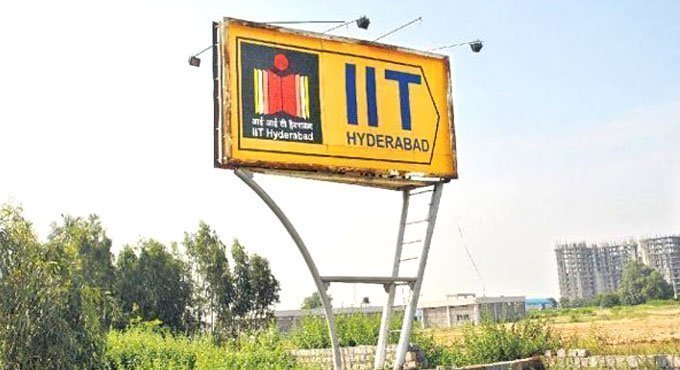Hyderabad: Researchers from the Indian Institute of Technology-Hyderabad (IIT-H) have now joined the global hunt for gravitational waves, also popular as Einstein’s waves (named after Albert Einstein), from monster black holes. Indian Pulsar Timing Array (InPTA) of which IIT-H is a participant, joined the IPTA (International Pulsar Timing Array) as a full member, as part of international efforts to search for nanoHz gravitational waves.
The InPTA consortium is a collaboration of about 25 research scientists and students from 15 institutions in India and abroad, has been using the upgraded Giant Metrewave Radio Telescope (uGMRT) Observatory at National Centre for Radio Astrophysics of Tata Institute of Fundamental Research (NCRI-TIFR), to measure about 6 to 20-millisecond radio pulsars since 2015.
Along with IITH, NCRA-TIFR, many other organisations like Raman Research Institute (RRI) are involved in the consortium which will now join the international efforts to discover and study very-low-frequency gravitational waves from monster black holes going around each other in orbit, a release from IIT Hyderabad said.
The IPTA is using the largest radio telescopes in the world to precisely measure the clock periods of a collection of radio pulsars. The unique frequency range of the uGMRT, which is the largest steerable radio telescope at low radio frequencies, is helping to improve the precision of IPTA to detect nanohertz gravitational waves. When discovered, these waves will refine evolutionary models of the Universe as well as masses and orbits of members of the Solar System and open a new window of gravitational waves astronomy. These clocks are observed between 300-800 MHz with the uGMRT, which is not covered by other big IPTA telescopes.
The inclusion of uGMRT will allow removing the delays introduced by the interstellar medium in the arrival of radio pulses from these galactic clocks by a factor of 5 more precisely than before, which should be crucial to improve the precision of IPTA. Therefore, the InPTA and the uGMRT are likely to play significant roles in the detection of nanohertz gravitational waves and gravitational astronomy with these waves in future.
Dr Shantanu Desai, Associate Professor Department of Physics Raghav Girgaonkar (BTech in Engineering Physics) and Ashwin Pandey (B Tech in Mechanical Engineering) are currently part of this prestigious collaboration from the Indian Institute of Technology-Hyderabad (IIT-H). Another IITH alumni, Suryarao Bethapudi (BTech Engineering Physics, batch of 2018), and currently a PhD student in MPIFR, Germany, is also part of the collaboration.
Dr Shantanu Desai said, “IITH has been part of the InPTA since 2017. Our students participate in the data collection using the unique capabilities of the uGMRT and are playing an important role in ongoing data analysis in partnership with NCRA-TIFR. Now that we are part of the global international effort to search for nanoHz gravitational waves, it provides plenty of opportunities for IITH students from science as well as engineering backgrounds to join this global effort to make groundbreaking discoveries.”
Now you can get handpicked stories from Telangana Today on Telegram everyday. Click the link to subscribe.
Click to follow Telangana Today Facebook page and Twitter .
